The Treatise on Indian Medicinal Plants: Vol. 5
Synopsis
The Treatise on Indian Medicinal Plants, a compilation of the indigenous drugs of plant origin used in Ayurveda is being published in six volumes. Of these, four volumes describing four hundred and seventy nine plant species have already been published. The present volume describes one hundred and sixteen species comprising ninety three genera belonging to eleven families. Some of the plants described in Volume 5 are well-known sources of drugs used today, for example, emetine, the antiamoebic drug from Cephaelis ipecacuanha (Brot.) A Rich., quinine, an antimalaria, and the antiarrythmic quinidine from Cinchona ledgeriana L., the cardiotonics, digitoxin and digoxin, from Digitalis lanata Ehrh. and Digitalis purpurea L. Several other sources of Ayurvedic drugs with their established activities which have been described in this volume are Andrographis paniculata (Burm.f.) Wall ex Nees., the liver tonic, which yields the bitter principle, andrographolide; Adhatoda vasica Nees. which produces the bronchodilator, vasicine; Nardostachys jatamanis DC., the source of the anticonvulsant and the antihypertensive jatamonsone, and Picrorhiza kurroa Royle ex Benth. containing the mixture of glycosides, kuttkoside and picroside, used as antihepatotoxic and antipyretic agent. The widely used menthol occurring in Mentha arvensis L. finds extensive application in pharmaceutical industry. The psycllium husk and seeds of Plantago ovatum Forsk. have received wide acceptance as a laxative. The seed oil from the economic plant, Helianthus annus L. is prescribed for patients suffering from hypercholesterolemia. The current trend of research on development of drugs from natural products used in traditional medicine has been highlighted in previous volumes. Special mention may be made of forskolin, the drug from Coleus forskohlii (Willd.) Briqs., for its adentylate cyclase activating property. This compound is considered to be an invaluable tool for proper understanding of cyclic AMP-dependent physiological processes. It has been reported that forskolin reduces preload and afterload of the heart due to myocardial contractivity arising from its positive inotropic action without affecting myocardial oxygen consumption. Nevertheless, its association in the decrease of the "superoxide burst" brings in the concept of oxidant-antioxidant balance in the body. Antioxidants play a vital role in preventing degeneration by scavenging free radicals. This property is exhibited by many plant products such as vitamins A, C and E and polyphenols like flavonoids, tannins and tannic acids. In volume 5, the same features have been followed as in earlier publications. Efforts have been made to cover modern nomenclature of the plant species and the chemical literature upto 1995 as far as practicable. Further chemical, pharmacological studies on the plant and clinical trials of plants and their products used in traditional medicine described in this volume are likely to produce more bioactive compounds in future.
Read more
28.80
25.92
$
32.00 $
Free delivery Wolrdwidе in 10-18 days
Ships in 2-4 days from New Delhi
Membership for 1 Year $35.00
Get it now and save 10%
Get it now and save 10%
BECOME A MEMBER
Similar items
-
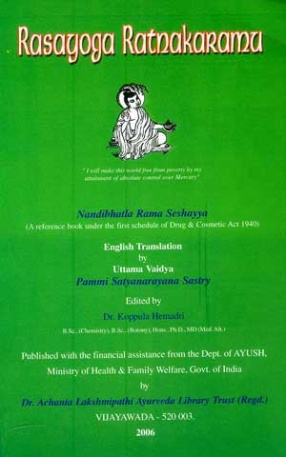
Rasayogaratnakaramu: Rasa Yoga Ratnakaramu
-

A Marketing Directory of Medicinal & Aromatic Plants
-
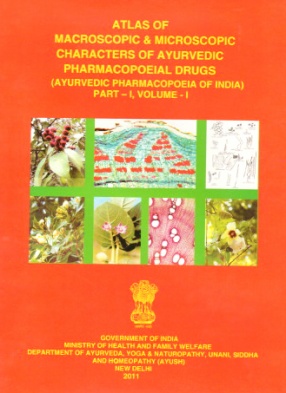
Atlas of Macroscopic & Microscopic Characters of Ayurvedic Pharmacopoeial Drugs: Ayurvedic Pharmacopoeia of India, Part-I, Volume I
-
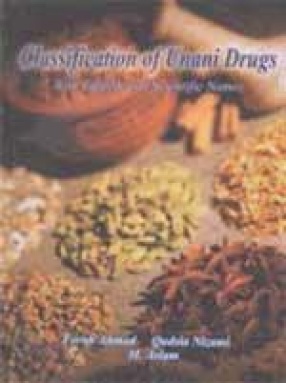
Classification of Unani Drugs: With English and Scientific Names


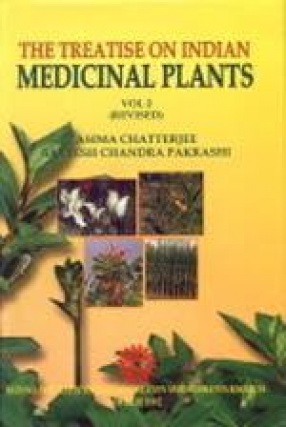
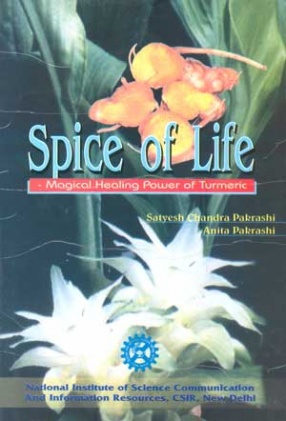
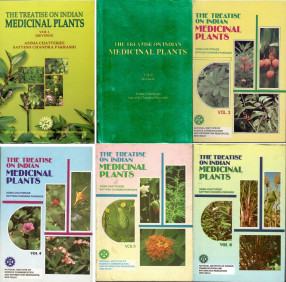

Bibliographic information
Satyesh Chandra Pakrashi
Tags